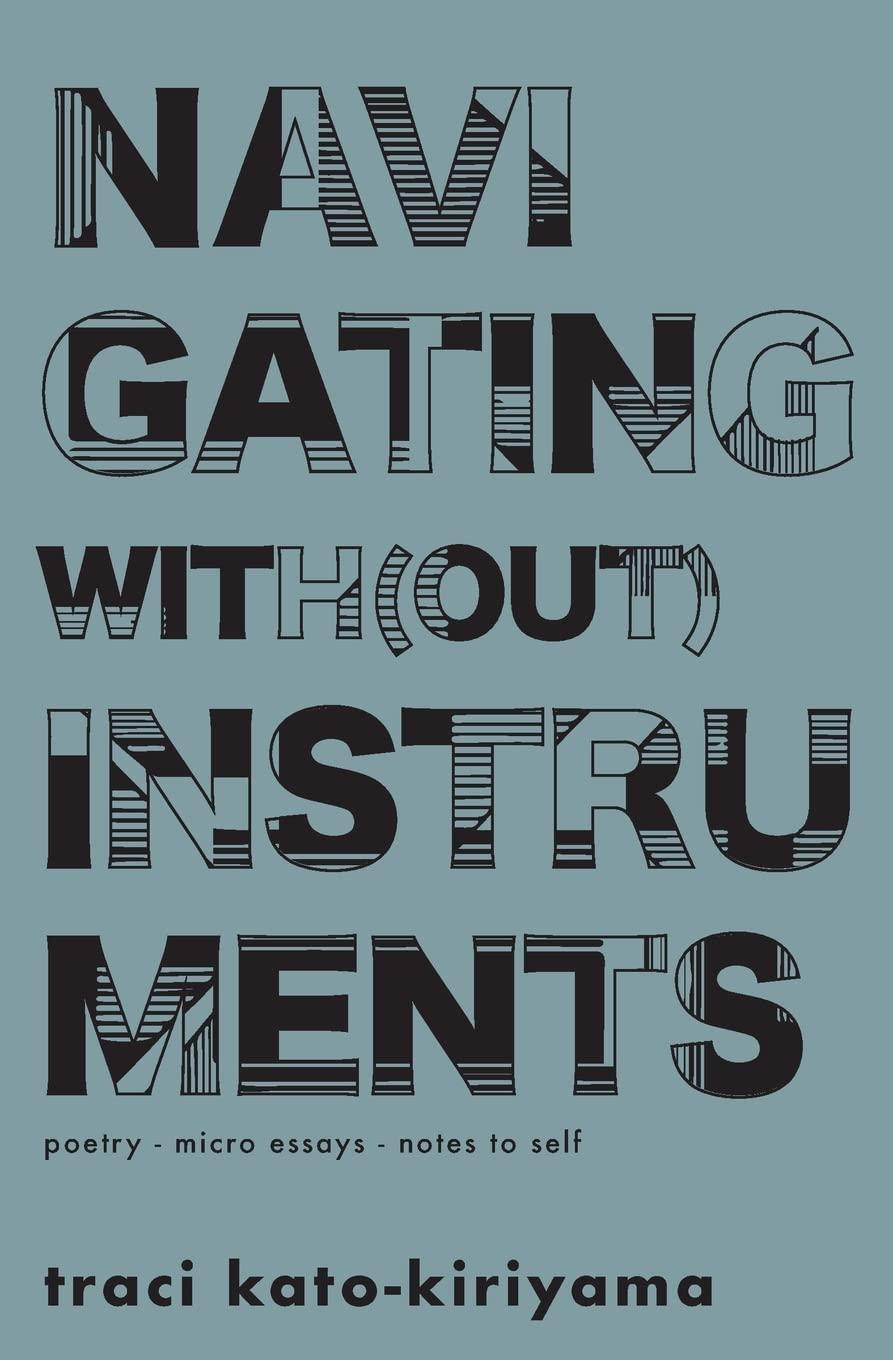Many Japanese Americans did not speak about their incarceration in the early postwar years, burying the shame, the fear, and the pain to rebuild their lives. In the late 1960s, drawing inspiration and intention from the Black freedom struggle, younger generations of Japanese Americans organized community pilgrimages to the sites of the former camps, trying to understand the silences and the trauma of their parents and grandparents. In 1976, Michi Nishiura Weglyn published Years of Infamy: The Untold Story of America’s Concentration Camps, the first full study of the period written by a Japanese American. In 1978, a group of Asian American activists in Seattle planned a “Day of Remembrance” (DOR), an event whose invitation read, “Remember the concentration camps / stand for redress with your family.” In 1980, responding to decades of community organizing and political maneuvering, Congress established the Commission on Wartime Relocation and Internment of Civilians (CWRIC), whose findings rejected claims of “wartime necessity” and instead cited “race prejudice, war hysteria, and a failure of political leadership” as the reasons behind Japanese American incarceration. In 1988, President Reagan signed the Civil Liberties Act, which granted a presidential apology and $20,000 to all living survivors of the camps and established a public education fund.
For Japanese Americans today, pilgrimages and DORs remain important annual events. February 19 each year is marked by remembering and activism, providing space for our community to think, together, beyond the bounds of our own histories. Through these intergenerational gatherings, more Japanese American elders have shared their memories of “camp” and its impact, recognizing that their testimony might help to spare others from similar traumatic experiences. This ongoing memory work shows that Japanese American incarceration was not an exceptional moment in American history. Rather, it is one example of state violence emerging from the combined forces of settler colonialism, capitalism’s demands for cheap labor, and the construction of national borders in the service of white supremacy. Situating memory work as a foundation for solidarity building means that we can honor our family stories while simultaneously de-exceptionalizing them. Rather than diminishing their power, this de-exceptionalizing places them in context and allows the reckoning at the heart of memory work to have an impact beyond the Japanese American community. We can see more clearly how our histories are tangled up with each other and, in that clarity, understand our futures as bound together, too.
